What Equipment Is Used For Baseball By The Pros
Baseball, often dubbed as America's pastime, is a sport that exudes exhilaration and enjoyment while fostering teamwork and discipline. But beyond the physical prowess and strategic plays , baseball heavily hinges on the equipment utilized for each game.
Believe it or not, understanding these pieces of equipment and their functions is an integral part of appreciating the sport and building your game technique. In this blog post, we will identify and dissect the different types of equipment used for baseball, detailing the unique role each piece plays in the game.
So, whether you're an avid fan, a baseball player, or someone who's just starting to get interested in this fascinating sport, take a deep dive with us as we explore the various gears that make baseball such an engaging spectacle.
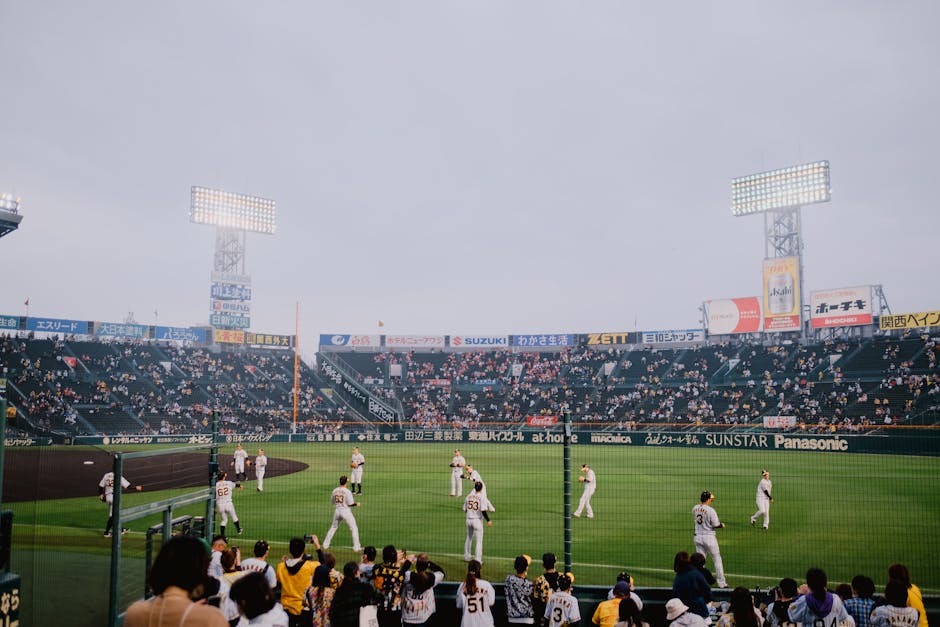
In the fast-paced world of baseball, various pieces of equipment are essential in sustaining the exciting spirit of the game.
Among the most pivotal is the bat, designed from ash wood or aluminum depending on the league. This is the player's primary tool in scoring points. The baseball, another integral piece, is layered with cork and rubber, then tightly wound with designated yarn.
Gloves also play a significant role. Crafted from leather, these are custom-made to fit different positions on the field. Catchers and first basemen have unique mitts designed for their specific roles. Not to forget the helmet, a crucial safety gear that boasts a hard plastic outer shell and foam interior to protect players from potential injuries.
Lastly, protective gear including chest protectors , shin guards and catchers' masks, contribute to safety in baseball, particularly for players in riskier positions. Hence, all these items together constitute the crucial equipment used in baseball games.
Baseballs: The Core Equipment of the Game
Baseballs represent the nucleus of the entire game; without them, the sport simply wouldn't exist. Both the construction and the quality of these spheres are of utmost importance.
In essence, an official Major League Baseball consists of a cork center, encompassed by rubber, which is then wrapped tightly in yarn. Ultimately, it's encased in a durable leather exterior , traditionally sewn together using 108 double stitches - a feature that's nearly as iconic as the sport itself.
The strict standards placed on baseball production ensure each ball responds consistently during play, contributing to the fairness and professionalism of the game. This uniformity, from design to texture, makes the baseball the undisputed, core equipment of this beloved American sport.
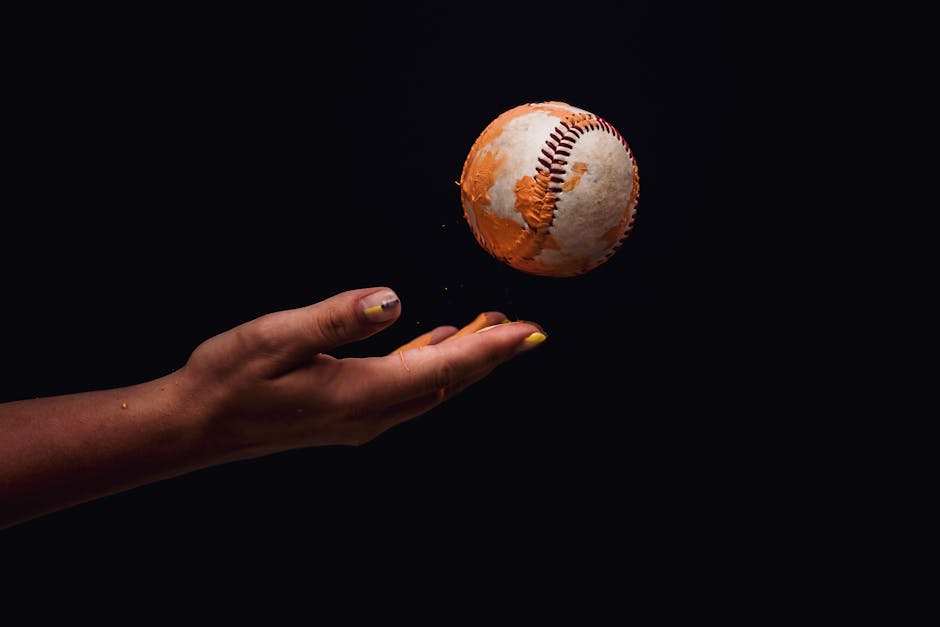
One critical piece of equipment in baseball is the bat. Traditionally made of wood, modern technology has introduced metal and composite bats to provide the player with more power and control. Wood bats continue to be favored in professional leagues for their classic feel and unique hitting characteristics .
Next, we have the glove. Leather mitts, made with a pocket in the center, are a player's best defense when on the field. Each position has a specific glove design - catchers and first basemen use mitts with additional padding and finger slots for better catch and scooping; infielders prefer a smaller, shallower glove for quicker throws, and outfielders go for larger ones to catch fly balls effectively .
Lastly, the ball itself. Constructed of cork and rubber, wrapped in yarn, and covered in sewn white leather, it is the focal point of the game. The ball's response to the bat's impact determines the flow of the game.
Baseball Bats: Transferring Power to the Ball
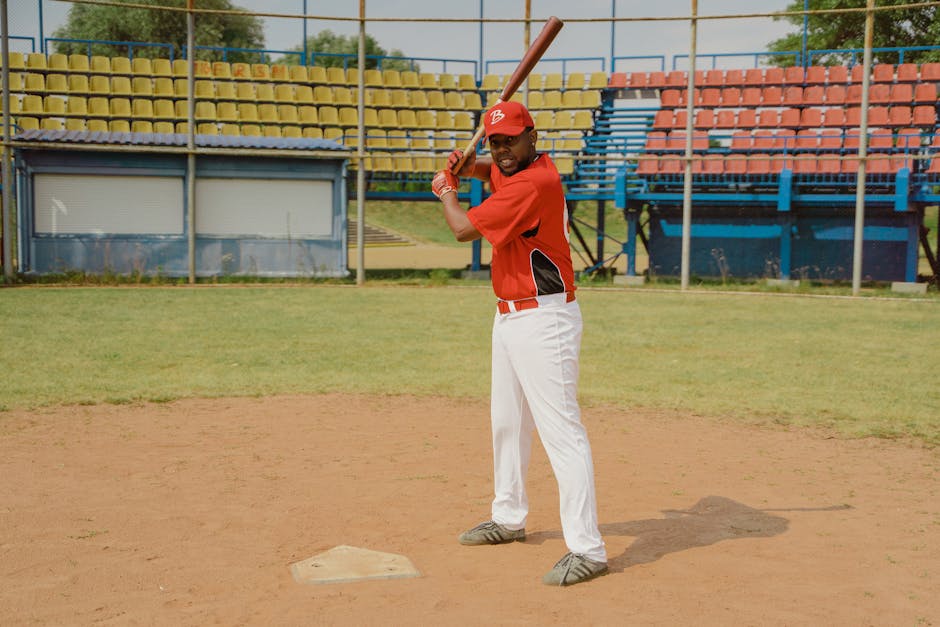
Baseball bat serves as the pivotal tool for dispatching the ball exactly where you want in the field. Crafted typically from bamboo, wood, alloy, or composite materials, baseball bats are meticulously designed to offer perfect balance , grip, and swing.
The bat's main role is to transfer the power from the hitter to the ball to achieve maximum distance . This all depends on the bat's weight, length, and material quality. Wooden bats, mainly made from ash wood or maple, are widely preferred for their knack to transfer high-output power.
Most importantly, the tapered handle provides a solid grip for players to swing with optimal force, hence transferring more power to shoot the ball farther. The bat's intricate design indeed plays an integral role in enhancing a player’s performance by converting their strength into the ball's velocity.
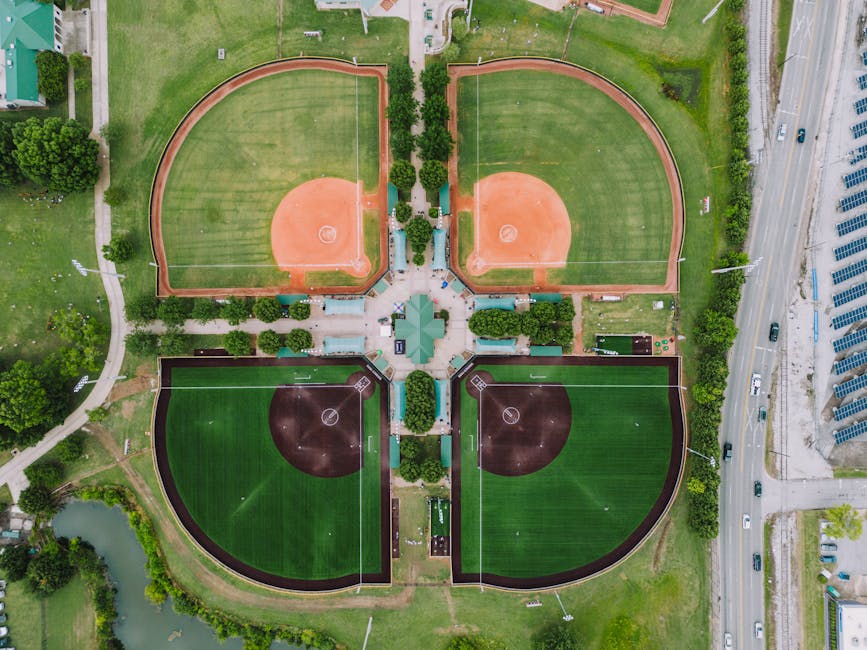
Baseball, like any other sport, requires specific equipment to ensure optimal performance and safety on the field. The essential gear comprises a baseball bat, ball, gloves, protective gear, and uniforms.
The baseball bat, usually made from wood or aluminum, is used to hit the baseball pitched by the opposing team. The ball is typically constructed of rubber or cork wrapped in yarn and covered in white leather with red stitching.
Baseballs gloves, intricately designed to cushion and aid the catching process, are another vital piece of equipment. They differ in sizes and designs, heavily dictated by the position they are intended for in the game.
In addition to these, protective gear such as helmets, catcher’s mask, chest protectors, and shin guards are integral, particularly during competitive matches. Uniforms, on the other end, not only unify a team but also serve a functional role in ensuring players’ comfort during the game.
Remember, having the right gear is paramount to both the overall game performance and safety.
Baseball Gloves: Catching and Fielding Essentials
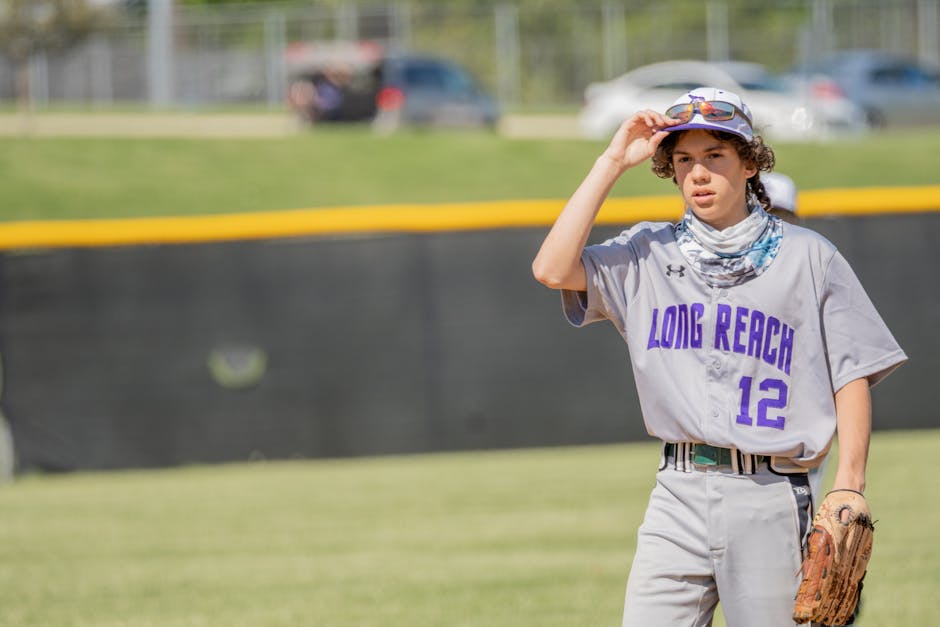
Baseball gloves are critical pieces of equipment for both catching and fielding. While pitching gloves need to be tight, fielding gloves must be flexible. When catching, the player must have a full view of the ball and should maintain control by wrapping the glove around it quickly.
For fielding, a wide pocket is essential to prevent the ball from bouncing out. The player positions the glove in the path of the incoming ball and receives it in the pocket, then quickly retrieves the ball to make the play. The glove should fit snugly and be flexible for both gripping and releasing the ball swiftly.
Remember, choosing the right glove is about more than just comfort; it can significantly improve your gameplay. Consider factors like position, size, and webbing type in your glove selection to maximize your performance.
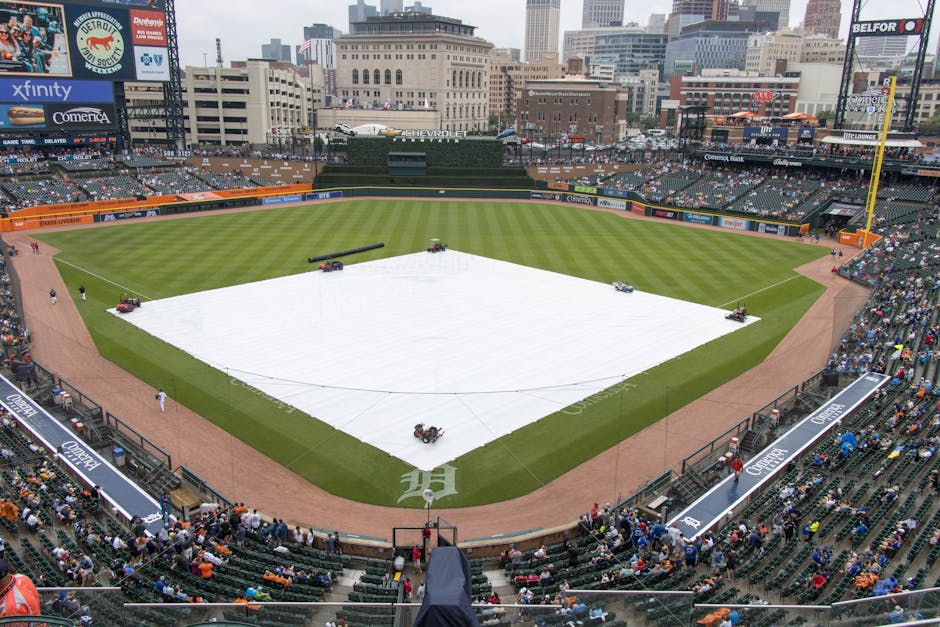
Baseball is a sport that requires specific equipment to ensure both safety and fair play. Primarily, the game hinges upon four main types of equipment: bats, balls, gloves, and helms.
The bat is usually made from wood or metal, depending on the level of play. It’s designed for hitting the baseball, which, uniquely, has a cork core and is encased in white leather.
The gloves, or mitts, provide protective elements for players catching fast -paced balls. Each role in the team - from the catcher to the fielders - requires a slightly different glove design .
Finally, helmets are a must to safeguard against potential injuries. This protective headgear is required for batters who face balls traveling at high speeds. With these items in place, players are all set to enjoy a healthy, competitive game of baseball.
Batting Helmets: Protecting a Player’s Most Valuable Asset
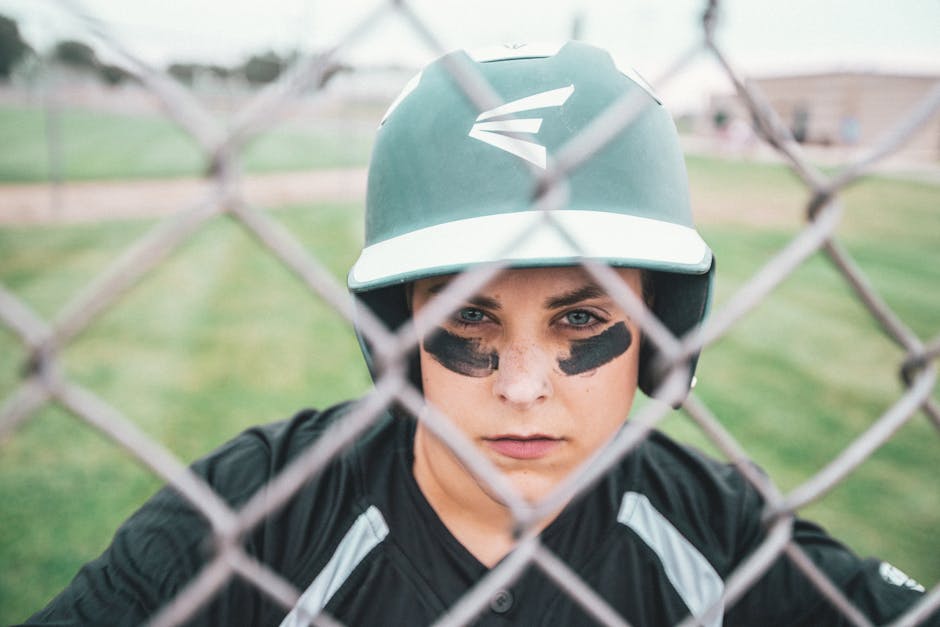
In the game of baseball, a player's safety is paramount. One of the essential pieces of protective gear is the batting helmet.
A batting helmet is a hardened, rounded shell with thick padding inside . It is specially designed to protect the player's head from accidental hits, a reality that can happen in these high-paced games.
Using a lightweight yet sturdy material , often a combination of plastic and foam, batting helmets absorb a significant amount of impact. This safeguarding technology essentially minimizes the risk of severe head-related injuries on the field.
Strategic ventilation features keep the player comfortable while complying with the game regulations. A secure, snug fit adds to both the safety aspect and player comfort.
Ultimately, being successful in baseball is all about skill and strategy. But when it comes to safety, players trust in the shielding power of their batting helmets.


